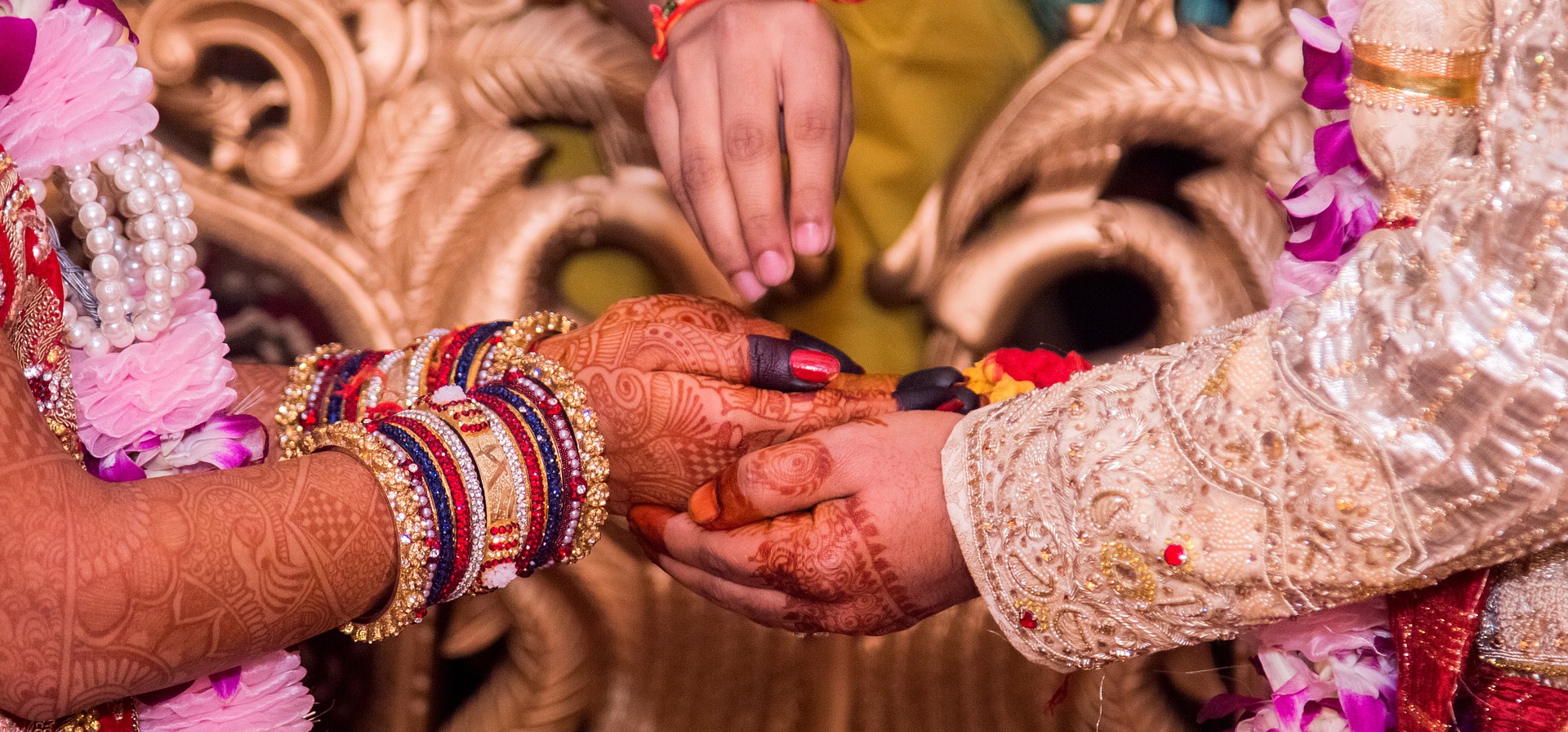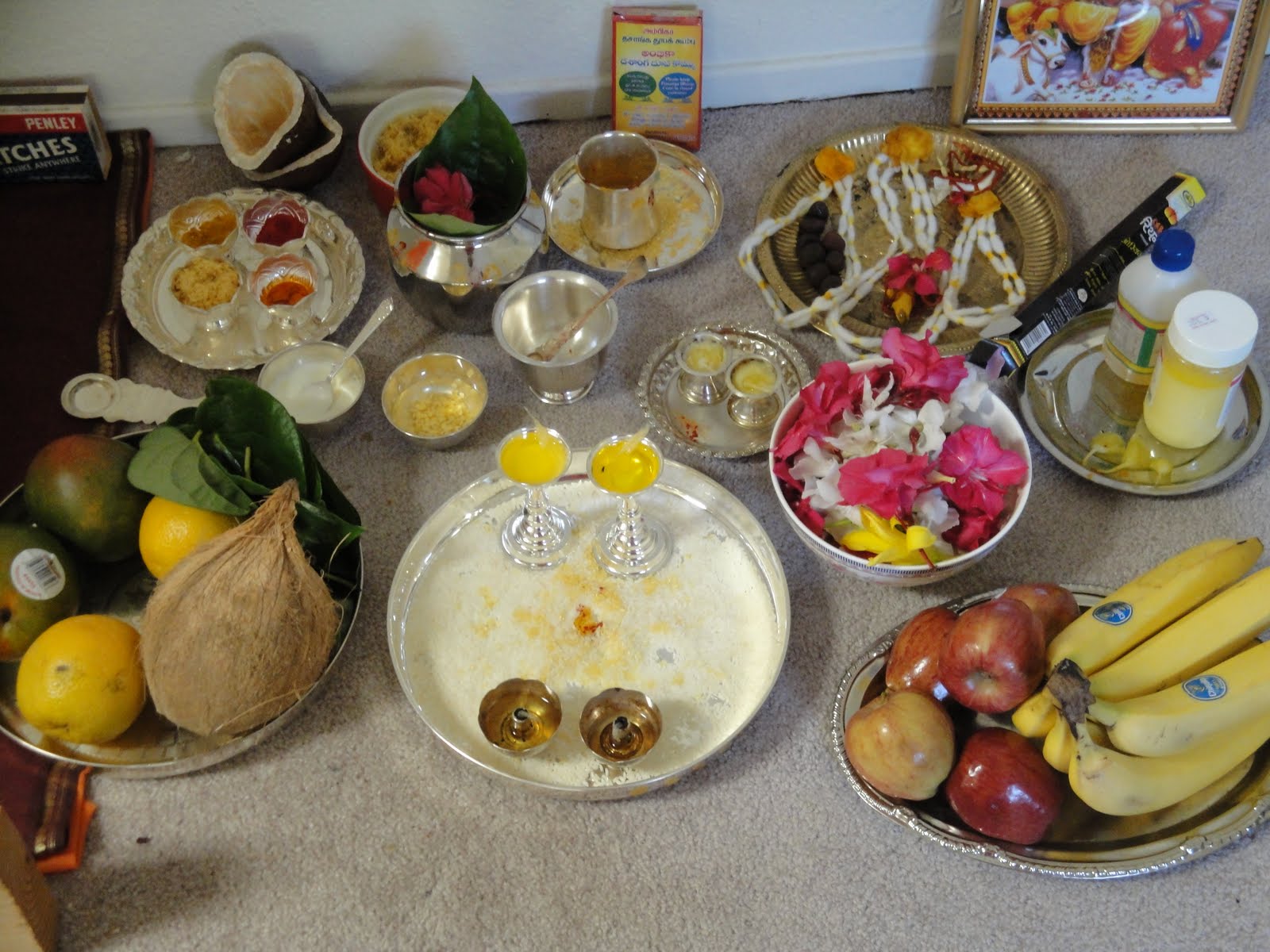Hindu Temple Religious Services at Your place by Indian Hindu Priests In New Jersey
The Indian traditional weddings Carry a lot of ceremonies and it is one of the most exciting and dreamlike occasions in anyone’s lifetime. And it is allthe more exciting and gets a lot of emotional bonding when you are in some foreign location.Because this is the time when your distant relatives from India visit you or you travel all the way to India for your wedding shopping or arrange some rituals of wedding in India. Continue reading
Enjoy The Best Indian Wedding Ceremony With Hindu Priest in NJ

Hindu traditions are one of the finest in the world and that very thing brings India to being a global nation. Indians who have settled abroad a century back have touched based in India for some or the other rituals. India is the place where there is faith and religion and even foreigners have started learning the importance of traditionalism and some have also started following Hindu dharma. Continue reading
Kanya Agamana

The bride is led to the mandap by her maternal uncle. When she reaches the mandap, there is an antarpaat (curtain) which separates her from her groom. The acharya begins the ceremony and the antarpaat is lowered and couple exchanges garlands. The wedding ceremony takes place in front of a sacred fire and is conducted by the pundit.
Ponkvu

The arrival of the groom, or the Ponkvu, is the official start of the Gujurati wedding. The groom is welcomed by his mother-in-law at the entrance. She will perform the aarti and will playfully try to grab his nose. This tradition reminds the groom that he has come rubbing his nose at their door asking for their daughter’s hand in marriage.
Kanyadaan
This ritual signifies the giving away of the daughter by the bride’s #father and #mother to the bridegroom. In one step, the bride symbolically gives back all that she has taken from her father’s house till date so that she can be free to fulfill her duties towards her #husband and his #family without any biases or inclination towards her #parents
Baraat
The groom arrives at the #wedding ceremony location with his #baraat of family and friends. Many grooms choose to arrive on horseback or in a horse and carriage. The Baraat gathers together and everyone dances in celebration. Traditionally Gujarati’s did not marry someone from their own town so the baraat signified the groom entering the bride’s village.
Jaimala
Some Gujaratis will then bring the bride out and she will exchange garlands with her #groom-to-be. This is called the Jaimala ceremony. The groom is traditionally lifted higher than the bride during this exchange. In modern times this is done by the #groom’s #friends to show that the bride cannot take the groom from his #friends and #family.
Chuda
Chuda – This ceremony takes place in the morning of the wedding day. The ritual involves a havan or puja that is conducted by a pundit or priest. The oldest maternal uncle of the bride has an important role to play and he is one of the main participants of the havan. A set of red and cream ivory bangles, touched and blessed by all those who are present is put on the bride by the eldest maternal uncle. Flowers are sprinkled on the bride and sweets are distributed to commemorate the beginning of all the rituals to follow. Once the chuda has been worn, all relatives, friends and cousins tie kaliras on the kada or bangle on the bride’s wrists. These are essentially gold and silver plated traditional ornaments that hang from the wrist during the wedding. This is also the time when the maternal uncle presents the wedding lehnga to his niece.
Hasta Milap
The groom’s scarf is ties to the bride’s saree which symbolizes the union of their two souls. The acharya chants mantras to invoke the blessings of Goddess Laxmi and Goddess Parvati for the bride. The relatives also come together to bless the couple and shower grains of rice and rose petals on them.
